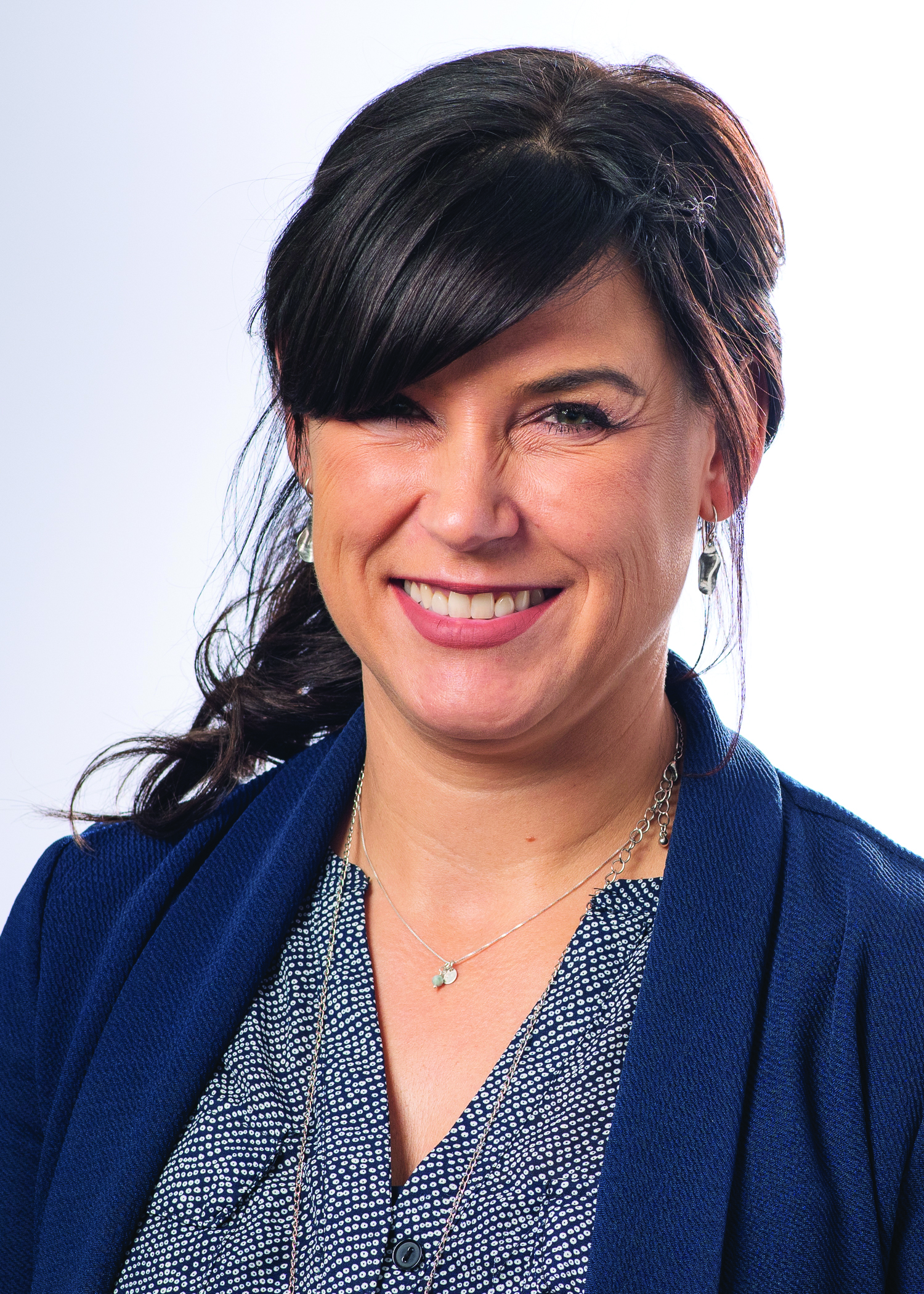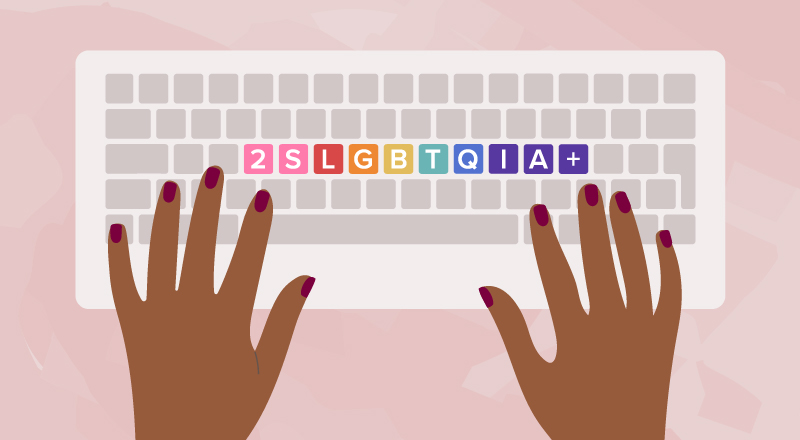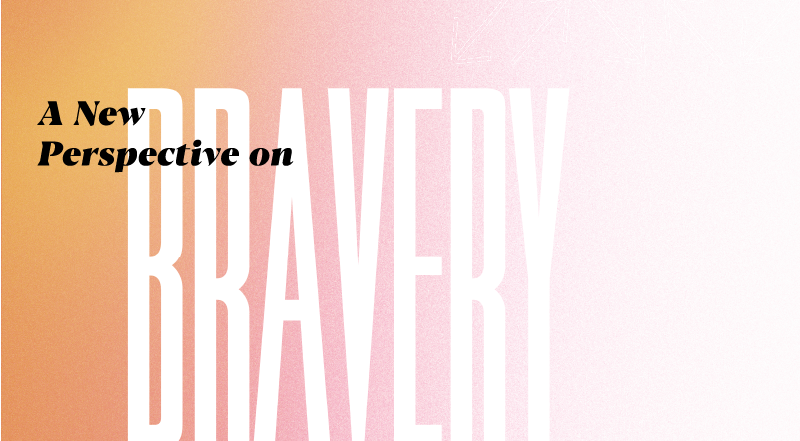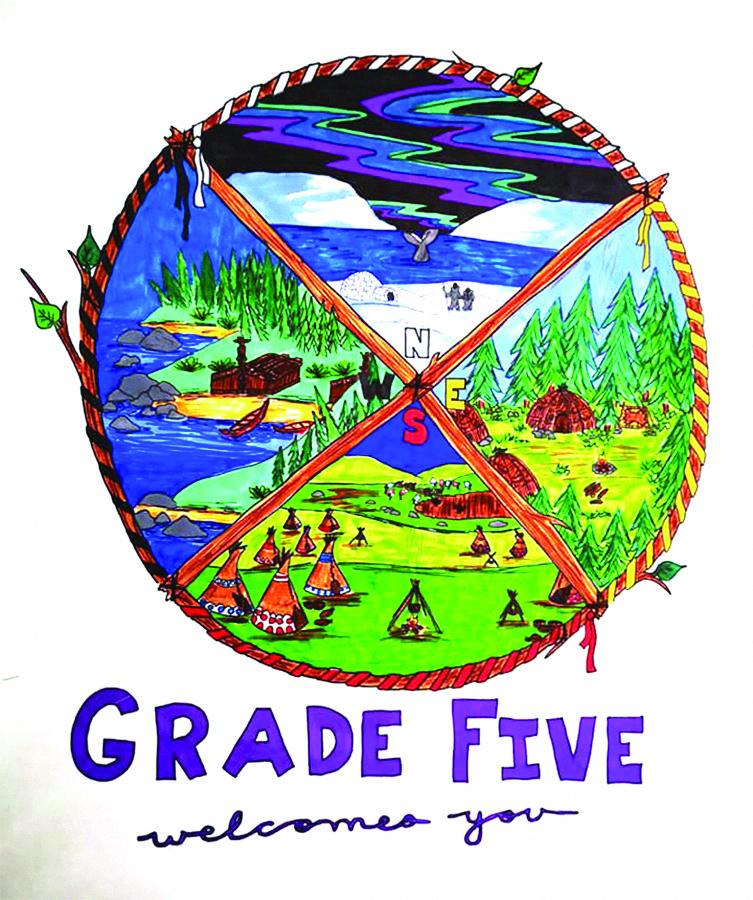Language holds power. It can give visibility to historically marginalized populations and can both shape and reflect societal understanding of these groups. That is why understanding the terms we use, and their evolution, is so important.
One term that holds power within each letter and symbol, within each
nuanced shift, is 2SLGBTQIA+.
Gay
The word “gay” emerged as a covert term in the 1900s and became more popular in the 1950s and 60s. Gay became a term that those of the Stonewall generation preferred as they were less likely than their predecessors to see being gay as shameful. Today the term describes someone who is physically, emotionally or romantically attracted to people of the same gender, or — when used as an umbrella term — someone with a sexual orientation other than heterosexual.
Lesbian
The term “lesbian” comes from the Greek island of Lesbos, home to the poet Sappho, whose writing describes attraction between females. In the 1970s, the term was reclaimed in the public sphere as women used it to differentiate themselves from gay men. In the 1980s, the L was positioned at the beginning of the acronym to honour lesbians for their support of gay men during the AIDS epidemic.
Bisexual
In the 1800s, the term “bisexual” was used to describe humans with both male and female reproductive organs. Over time, bisexual came to refer to an individual who is attracted to both males and females. This definition is limiting, however, as it defines attraction as restricted to the gender binary — those who identify as exclusively male or female. Bisexual has since evolved to recognize attraction to a multitude of genders.
Transgender
In the late 1990s, the “T” was added to the acronym as part of a shift to include gender identity in a community that was previously focused only on sexual orientation. The term “transgender” describes a person whose gender identity or expression is different than their sex assigned at birth. Trans people may or may not undergo gender affirming medical procedures. Their identity does not depend on such procedures.
Queer or questioning
The letter “Q” stands for queer or questioning. Early uses of the word referenced something “not normal,” something “peculiar.” It later became a derogatory term to describe those in the community, but in the early 1990s, some members of the community started to reclaim the word. Some might prefer it as an umbrella term to include any non-cisgender, non-heterosexual identity. While some use this term commonly and do not view it as derogatory, others prefer to avoid its use.
2S Two-Spirit
From time immemorial, Indigenous communities have had a variety of terms to recognize multiple genders. Two-spirit, a translation of the Anishinaabemowin term niizh manidoowag, refers to a person who embodies both a masculine and feminine spirit. Two-spirit is not interchangeable with other LGBT terms, as it is a ceremonial term for a sacred role in the community. “2S” started being added to the LGBT acronym more than a decade ago, with “2” sometimes used rather than “2S.” There has been a recent shift to include “2S” at the beginning of the acronym to honour that two-spirit identities predate the colonial terms.
Intersex, Asexual/Aromantic and +
Some forms of the acronym include “I” for intersex and “A” for asexual, aromantic or ally. Some versions include + to capture the acronym’s expanding inclusiveness and to actively acknowledge that many more identities exist than are currently included.
Evolving Language
Debate is ongoing about which letters should be included and in which position within the acronym. No matter how many letters are added, achieving full inclusivity is difficult.
At this time, LGBTQ seems to be the commonly used acronym, with the assumption that Q can encompass sexual and gender minorities of all types. At the same time, the acronym will continue to evolve as people’s lived experiences of gender and sexuality shift. In formal educational writing, 2SLGBTQIA+ is currently best practice.
Keeping up with changes in language can be challenging. The point is not to identify some versions of the acronym as wrong or right, but, rather, to encourage critical thinking around the language we use, the power that it carries and how it can represent social change.
The acronym will continue to evolve as people’s lived experiences of gender and sexuality shift.

Executive Staff Officer, ATA
Read more
View the entire digital issue of the ATA Magazine
See the latest issue


